What is Gotra?
The Gotra System associates a person in an unbroken male lineage with his oldest or root ancestor.
For example, if someone says he belongs to BharadwajaGotra it means that his male ancestry is traced back to the ancient Rishi (Saint/Seer). Gotra can be translated as Root Person and refers back to a person’s male ancestral lineage.
The majority of Hindus use the Gotra method.
The Hindu Gotra System for Male Lineage Identification
Check out this list of Hindu Gotras, as practiced in different sections by the Hindu Society
Brahmins determine their male lineage through the assumption that they are descendants of the 8 great Rishis i.e. Saptarishis / Bharadwaja Rishi. So here is the list with root Brahmins Gotras
Gotra List
1. Angirasa
2. Atri
3. Gautam
4. Kashyapa
5. Bhrigu
6. Vasistha
7. Kutsa
8. Bharadwaja
These 8 Rishis were called Gotrakarin, which is the root of Gotras. All other Brahmin Gotras derived from the same Gotra.
This means that their descendants have created their own Gotras. There are now 49 Gotras. However, each of them eventually trace back to one root Gotrakarin Rishi.
The Sanskrit terms Gau (meaning Cow), Trahi (meaning Shed) are what make the word Gotra.
You will notice that the English word Cow derives its meaning from the Sanskrit phrase Gau.
Gotra can be translated as Cowshed. Gotra refers to a Cowshed protecting a particular male genitalia. Cows are sacred and important animals to Hindus.
There was a wide variety of Cows that were raised and worshipped by the ancient Hindus. Gotra, which refers to the system of protecting individual male lineages, seems more appropriate.
The Importance of the Son in the Gotra System
The Gotra system allows one to identify his male lineage. It is automatically passed on from Father to son
The Gotra system is not automatically passed from Father to Daughter. Let’s say a Gotra Angirasa-bearing person has a son. Let’s say that the Son marries a girl whose father is Gotra Kashyapa.
After her marriage, the Gotra of this girl is automatically said to be Angirasa even though her father was Gotra Kashyapa.
The rule of the Gotra system states that the Gotra for men stays the same while the Gotra for women becomes the Gotra for their husbands after marriage.
Imagine a man has only daughters, but no sons. If a person has only daughters and no sons, his Gotra will be terminated in this lineage.
His daughters will then belong to their Gotras after they marry!
This is probably why it was preferable in ancient vedic and hindu societies to have at least one Son with all the daughters so that the Gotra of a father could continue.
There comes a question, If only Sons should have the Gotra of their fathers, why shouldn’t daughters?
How can the Gotra of a daughter be changed if she marries someone from a different Gotra.
Why is it necessary to preserve only the man’s ancestral lineage, when women can have the same?
This was the question I was pondering about the Gotra system until recently.
Then, while researching a puzzle in modern Genetics, I discovered the scientific reasoning behind it.
But.
A Girl and a Boy from the same Gotra are not allowed to marry.
Yes, a Bridal and a Wedding Groom who are from the same Gotra are considered to be siblings.
Therefore, it is against the law to allow them to marry. They married because they came from the same ancestor.
If this happens, it will be as if a brother marries a sister that is known for causing genetic disorders in their offspring.
As you can see now the Gotra system was established to prevent the marriage of two Gotras.
Then I thought again: What crap, how could two people from two different families be considered siblings if they haven’t seen each other for hundreds of years?
Only in the modern Genetics era the scholars were able to match a puzzle to the Gotra system.
Now let us move onto the Science of Gotra System. Before we get there, let us examine one more rule regarding marriages in the Gotra System.
The Science Behind the Gotra System
Pravaras. The Gotras Pravara is a list listing the most distinguished Rishis within a Gotra-lineage.
As we noted earlier, some descendants from the most ancient Gotras set up their own Gotras. But, while they did this, they kept a record of Pravaras.
Vatsa Gotra includes Bhargava, Chyavana, Jamadagnya and Apnavana among its Pravaras.
This is because Vatsa Gotra includes all these Gotras in their lineage. It also traces its roots back to Bhrigu Rishi in the Gotrakarins.
The Pravara System is used to ensure the derived Gotras retain track of their root Gotras.
Bridegrooms are guaranteed to marry only one derived Gotra. Every Gotra, which is a derived Gotra, has a list attached of Pravaras.
This is because Gotra systems are designed to prevent marriages within the one Gotra.
Let’s say you have two derived Gotras, one from each Gotra. People might forget that they came from the identical root Gotra.
These Gotras might then allow for marriages within those Gotras, even though their names are different.
To prevent this happening, the derived Gotras kept an inventory of Pravaras. This was the list of prominent junctions from which the derived Gotras were made.
This makes sense because it prevents marriages of derived Gotras from being made to the same root Gotra.
Programming In Software Systems of Gotra
Consider a Class E which is derived entirely from Class A.
Now, consider a Class B.
Another Class C is also derived completely from Class B.
Consider a third Class D, which is derived primarily from both Class B (multiple inheritance) like in C ++)..
Now, let’s look at Class D’s immediate ancestry.
It appears that Class B and C are the parents of D.
However, if you examine the ancestors for Class B and C, then these are the children of A.
If we replace the classes B, C and A with Gotras, we see that even if two Gotras C and B are different Gotras,
if their parent Gotra A is enlisted in the form Pravaras, then they become siblings.
Therefore, it is impossible to allow marriages between the same Gotras even if the roots have separated thousands of years ago.
How is it possible that hundreds upon generations later they can still be considered to belong to the same parent just because they have the same Gotra (malelineage) or the same Pravara (again, male lineage).
We will now discuss the Science behind the Gotra System in detail. Let’s first refresh our knowledge of Genetics.
GenesHumans possess 23 pairs of Chromosomes. Each pair contains one Chromosome that comes from the dad and one that comes from his mother.
In total, 46 Chromosomes are found in each cell. 23 come directly from the mother while 23 are sent from the father.
There is one pair known as the Sex Chromosomes. This pair determines the person’s gender. If the resulting cell has XXX sexual chromosomes during conception, then the child would be a girl.
X Chromosome is used to determine the female attributes of someone, and Y Chromosome the male attributes.
The first embryonic cell that has XYchromosome has its female attributes suppressed and it becomes a male child. Only men have their Y Chromosomes.
This means that a son always gets his own Y Chromosome, and his mother the X. Girls always get their X Chromosomes, one from each father and mom.
The Y Chromosome can be preserved within a male family (Father – son – grandson etc.) because a son gets it from his dad, but the X Chromosome can’t be preserved in a feminine lineage (Mother – daughter – granddaughter etc. because it comes from both parents).
Moreover, it refers to the fact that a mother may pass on either her mother’s or father’s mother’s respective X Chromosomes to her children. Sons, on the contrary, always receive their father’s Y Chromosome.
He doesn’t have to make any changes as there isn’t any other Y Chromosome in his cells.
Y Chromosome & the Vedic Gotra System
You might now understand the relationship between Y Chromosomes & The Hindu Vedic Gotra System.
The only Chromosome passed down only among men is the Y Chromosome. Women do not have this Y Chromosome.
The modern genetics process of identifying the Genealogy (ie male ancestry) plays an important role in Y Chromosome identification.
The Gotra system makes it easy to identify the person’s root Y Chromosome. Angirasa Gotra identifies that a person is Angirasa Gotra.
This means that his Y Chromosome descends over thousands of year from Rishi Angirasa.
If a person belongs in a Gotra (say Bharadwaja), that means his Y Chromosome is all the way down from Angirasa up to Barhaspatya up to Bharadwaja.
This makes it obvious why women are considered to belong to their husbands’ Gotra after marriage. Women do not carry Y Chromosomes.
However, their Sons will. Hence, the Gotra a woman has is that of her husband after marriage. It is pretty neat, isn’t it?
As far as we know, the science behind the Gotra System has been well understood.
The ancient vedic Rishis had a deep understanding of the Y Chromosome and the paternal DNA material that passed almost intactly from father to son. Thus, the Gotra System was created.
However, why should we prevent couples from getting married to Gotra members? Before we get to that, let’s look at the Y Chromosome.
The Weakness of Y Chromosome
The Y Chromosome (the only Chromosome with a similar pair) is the only Chromosome not to have one in the human body. The X Chromosome is the human Y Chromosome.
This pair is very different from the Y Chromosome. Even the Y Chromosome size is less than one third of the X Chromosome.
The Y Chromosome’s current size has been reduced by most of its genes, and its size has been declining over time.
Scientists are unsure if Y Chromosome’s ability to survive for more that a few hundred thousand years into the future.
They also wonder if it will eventually vanish and if so whether males will become extinct. It is because of the Y Chromosome, which determines whether someone is male or female.
Biologists aren’t certain if the Y Chromosome will become extinct or not.
All this because unlike other Chromosomes it is not possible for Y to repair itself by crossing over with its Chromosomal partner.
All other Chromosomes have similar pairs. If one Chromosome has damaged its DNA, the cell can repair it with the DNA of the other Chromosome.
Both Chromosomes from all other pairs are almost identical.
This copying (or crossing-over as it is known) allows for various combinations of mix and match between the DNA of mother and father. It also allows for the best of the matches, which makes the Chromosomes stronger over time.
Even the X Chromosomes of a female are subject to this mix and match, since there are only two X Chromosomes within a woman.
However, Y Chromosomes lack a pair with a matching Chromosome. It can only exist within a XY Combination. The 5% ofX that matches withY is the exception.
The remaining 95% are critical in the development of males. It is the 95% Y Chromosome that is responsible for creating a male and a man in humans.
Y Chromosome also has to rely on itself for any injuries it may sustain and, therefore, has created duplicate copies of its genes.
However, DNA damages in YChromosomes that are not repaired locally can be passed to their offspring males.
This causes Y Chromosomes, which accumulate more and greater defects over a lengthy period of evolution, and scientists suspect this is what is causing Y Chromosomes’ constant weight loss.
Other Chromosomes, as mentioned earlier, do not have to worry about this issue.
They are in the same pair from both their parents so the DNA damage could easily be fixed most of the time by the mix and matches that take place between the Chromosomes.
This Chromosomal crossing process removes damaged DNA and is an important step in the development of life.
So, the Y Chromosome has a fundamental weakness that prevents it from participating in the normal evolution process via Chromosomal mixture and match to create better versions in each subsequent generation.
Scientists don’t know if that will result in males becoming extinct. Scientists do not know if the 23 pairs of Chromosomes can replace the Y Chromosome.
The fact that males will soon disappear does not mean that humanity will cease to exist.
The Y Chromosome does not apply to females. It is possible to make a system where X Chromosomes form offspring from eggs from different females.
It would be a humanity where only females live.
Now I understand why Hinduism & its Vedic core consider Mother Goddess or any female divinity greater than any male divinity.
Gotra System – A protection attempt to keep the Y Chromosome extinct
So, here’s my conclusion on the creation and use of the Gotra system in ancient Vedic Rishis. Vedic Rishis were aware of the decline in the Y Chromosome, and they wanted to preserve the unique Y Chromosome lineages.
As Y Chromosomes do not participate in match and mix, they can pass on their genetic information over generations. This would ensure that males have a fair chance to survive.
The Rishis might have a method that would reduce the chance that a given Y Chromosome will add genetic defects to it.
If they can do this, they may be able to slow down further degeneration and possibly stop all further degeneration.
The only way to stop it was to ensure that the 5% Y Chromosome can be mixed and crossed with its X counterpart.
So that the remaining 95% (which self heals via duplicate copies of its DNA) is healthy.
Today, genetics even reveals that the chances of inheriting genetic disorders from a marriage between two cousins are higher.
Because, for example, suppose one person has recessive dangerous genes.
This means that someone may be carrying a dangerous genetic abnormality that is causing a mutation on one of their chromosomes.
However, this gene is being suppressed or not being expressed by the pairing Chromosome.
His offspring could be carriers of these genetic traits for many generations.
They can keep their defective genes inactive as long as they marry outside their genetic lineage. What if one of their descendants marries a distant relative 5-10 years later?
It is possible that both of them still carry the defective Gene. In such a case, their children will have the Genetic abnormality.
This is because the Chromosomes that make up the pair also have the Defective genes.
This means that there is always the possibility of cousin marriages causing a recessive gene or defective gene to express itself, which can lead to children with genetic disorders.
If Vedic Rishis had allowed married people to be born in the same Gotras as their daughters, then the chances were that the male result could be a victim or defective gene expression.
Any gene expressions taking place in the 5% open area of Y Chromosomes would be fatal for the continued existence of this Y Chromosome.
There are always chances of defective genes being transmitted through these generations.
The marriage of two Gotras would give these genes a golden chance to express themselves and create genetic abnormality.
To prevent inbreeding and eliminate all recessive genes from human DNA, the Vedic Rishis developed the Gotra system.
Gotra System- A window to study ancient Vedic Rishis’ Genetics
Final note: One way to check the reliability of Gotra’s system is to compare the YChromosomes for males from different Gotra family members who continue to follow the Gotra tradition.
This would allow us to prove male lineage continuity over many generations, as well as give us an opportunity to extract the Y Chromosomes and study the ancient Vedic seers.
Why is it that only a few Rishis are chosen to serve as root Gotras?
Why not anyone else?
When you examine the Gotrakarni Rishis’ list (i.e. their root Gotras), almost all of these Rishis may also be Prajapatis. Prajapatis, which are the immediate descendants or direct descendants (or lineage) of Brahma the Creator God, are those who have created their own progeny.
Therefore, having the Gotra system begin at the very start of human lineage is more logical.
Because this is the place where all genes and chromosomes remain intact and have no potential genetic defects. Thus, the Prajapatis have been chosen to be the root system of the Gotra System.
Due to genetic mutations, it is possible for genetic defects or disorders or genes that are bad to be picked up later in evolution.
Would love to hear your thoughts on this.
Is it adequate to get married if the Pravaras/Gotras do not match?
No. Please be aware that the Gotra system was designed to prevent the marriage of members of the same family and lineage.
It also says that it is not recommended that you marry with your maternal cousins, even if they are different.
To quote the Gotra System’s Manusmriti 3/5,
Asapimdachayamatur sagotrachaya pituh |
Sa prashastha dvijatInam darakarmani mathune
What does that mean?
The man and woman who are not a part of six generations from the maternal side should be considered divorced.
You can also marry someone who does not come from your father’s family line.
In other words the Gotra System does NOT recommend marriage to maternal cousins. This is scientifically true again, as cousin marriages with maternal aunts (such as the marriage of a Mother and her Sister’s Daughter), are known to lead to genetic disorders in offspring.
Should Gotra be used as a method to decide on marriages?
Please note that the only scientifically proven science of all the arguments in the article regarding the Gotra System is that which was mentioned.
- Gotra System maintains Genetic Male Lineage via Y Chromosome.
- Genetic Disorders have been linked to Cousin marriages that occur within the immediate family.
Now, considering that we are now thousands of years from when this Gotra system began, and that the Indian demographics has undergone significant changes throughout this period, it is important to consider whether we need to preserve the Gotra Rules in deciding marriage alliances.
Additionally, science will be able to decide if the same Gotra Boy/Girl (when their families are distant) still have the exact same genes as our immediate cousins.
While the Gotra System could have had its merits in its initial days, it also prevented marriages among closely related cousins.
How fitting would it be to apply this system thousands and years later in determining matrimonial unions?
If Genetic studies of Same Gotra married families do not reveal any scientifically valid problems, it is pointless to continue using the Gotra system to determine matrimonial relationships.
In the end, marriage is more about a connection between two souls that two bodies.
As such it is out of everyone’s interest to interfere in a marriage when the boy/girl are over the minimum legal requirement for marriage and are married with mutual consent.
Let me know how did found this blog on The Science of Gotra ?
Regards,
Nirav Hiingu
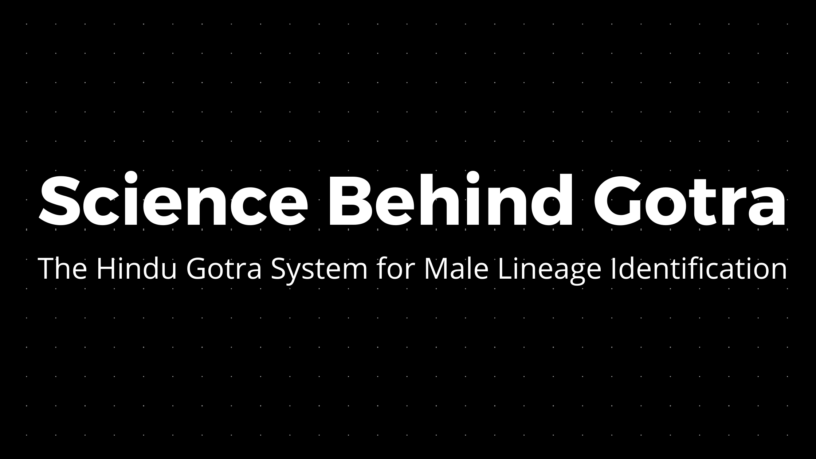

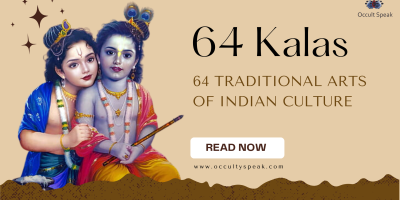
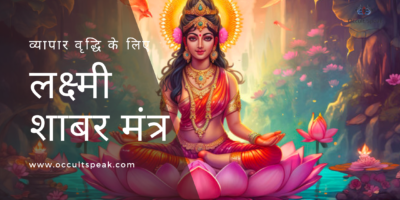
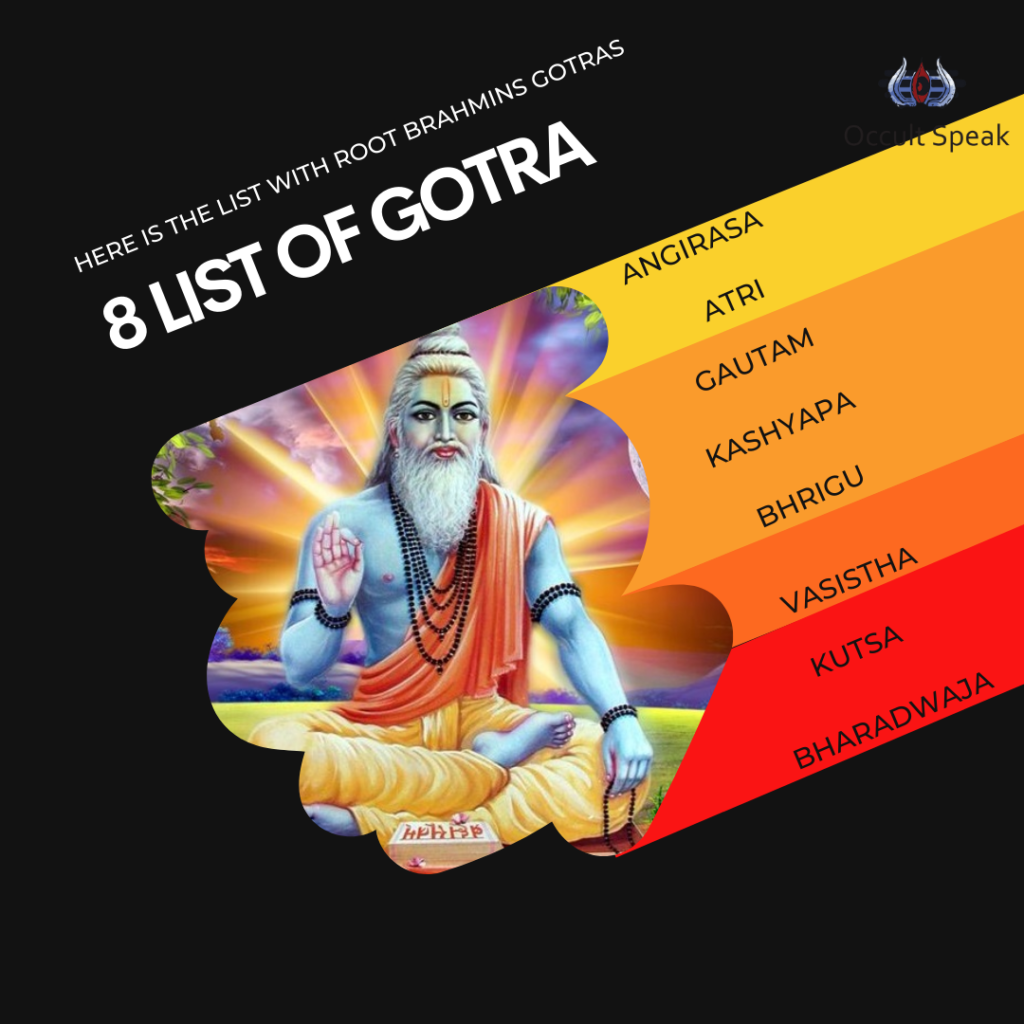
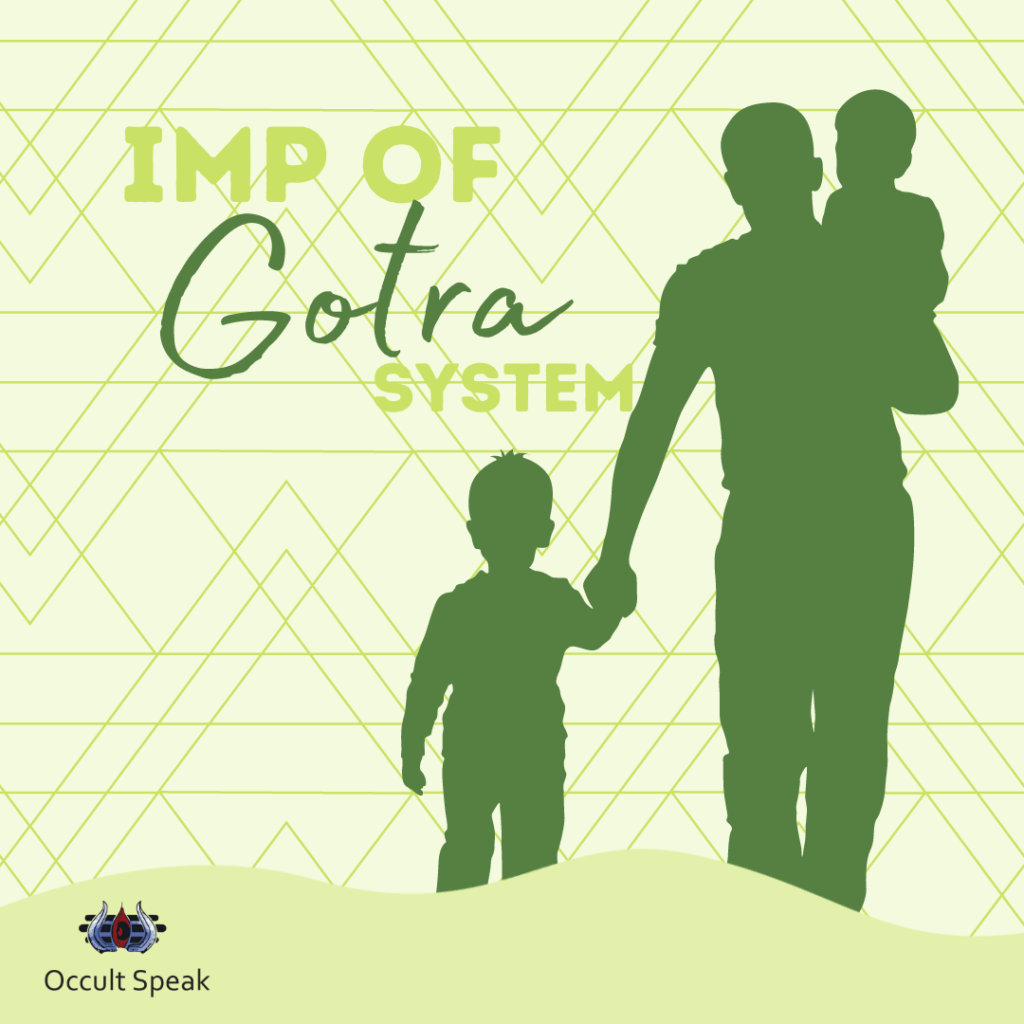
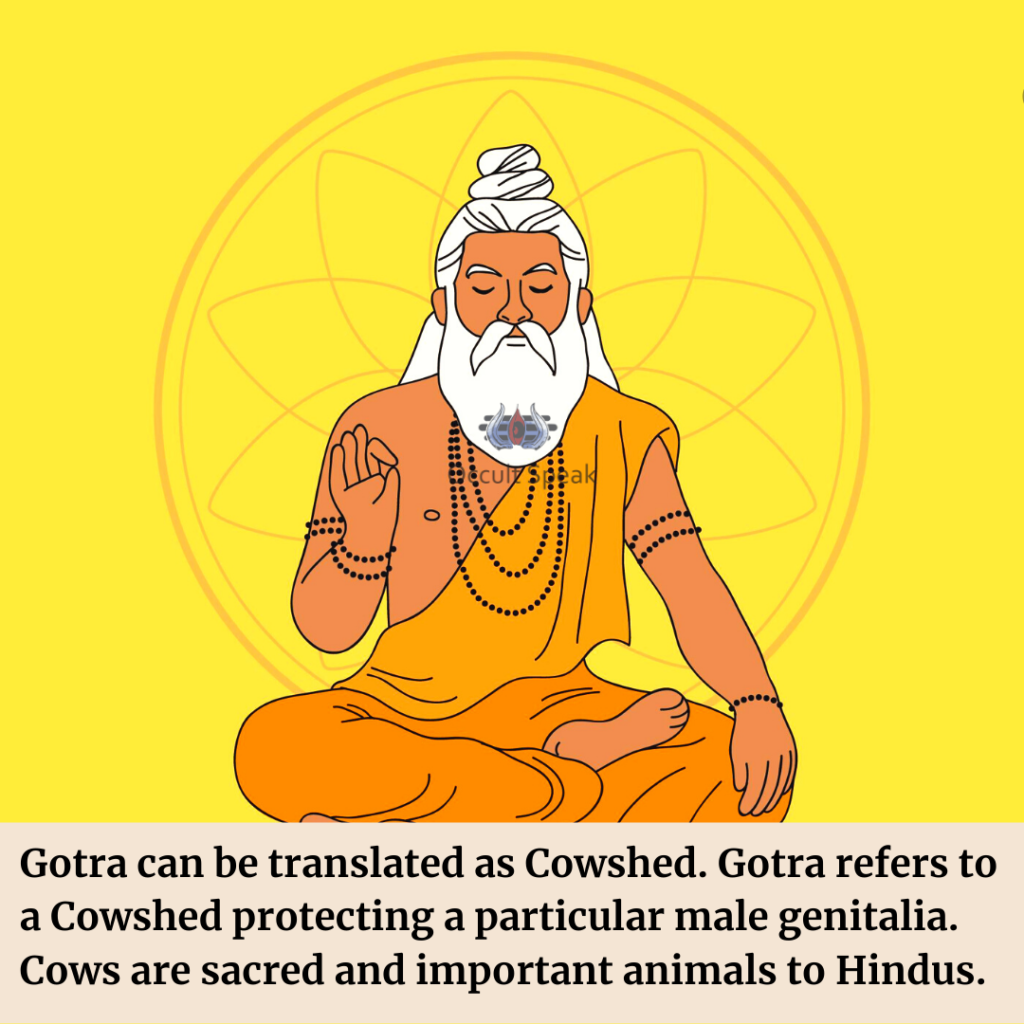
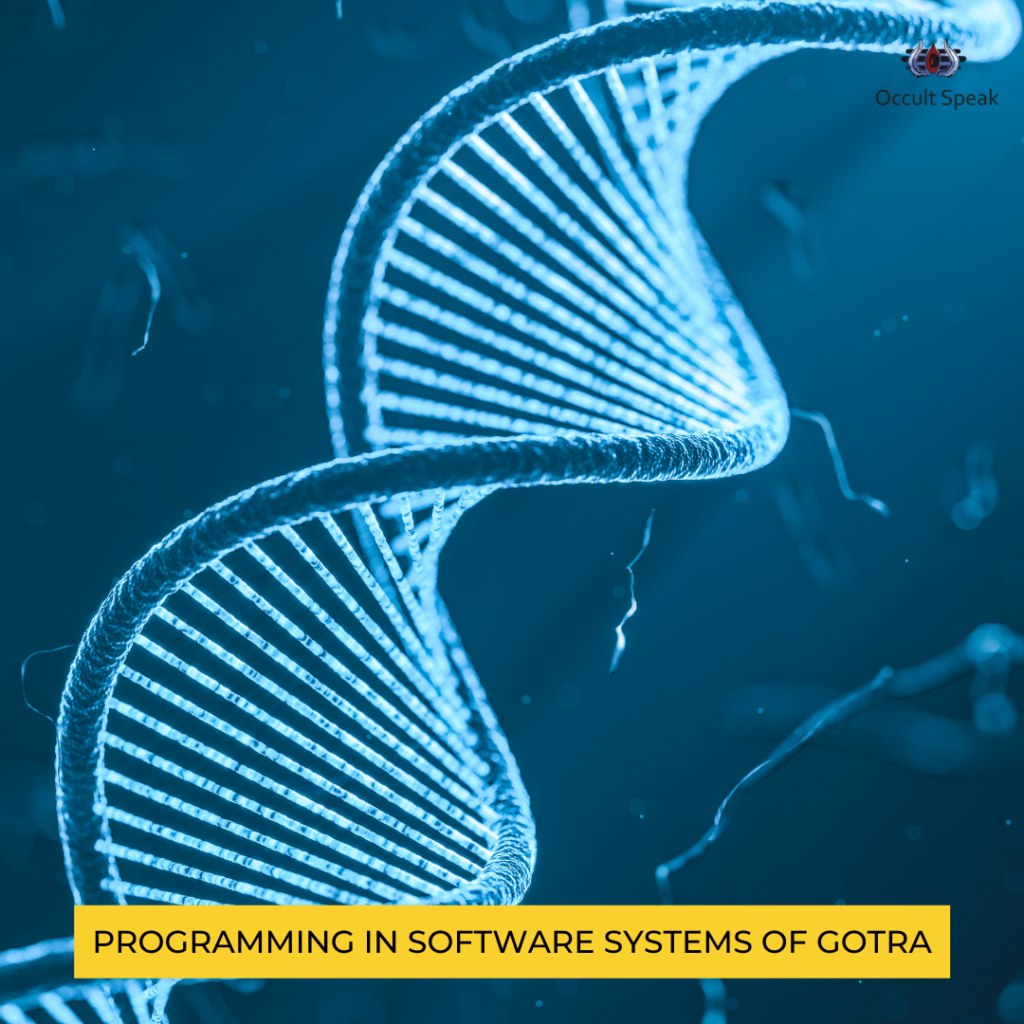

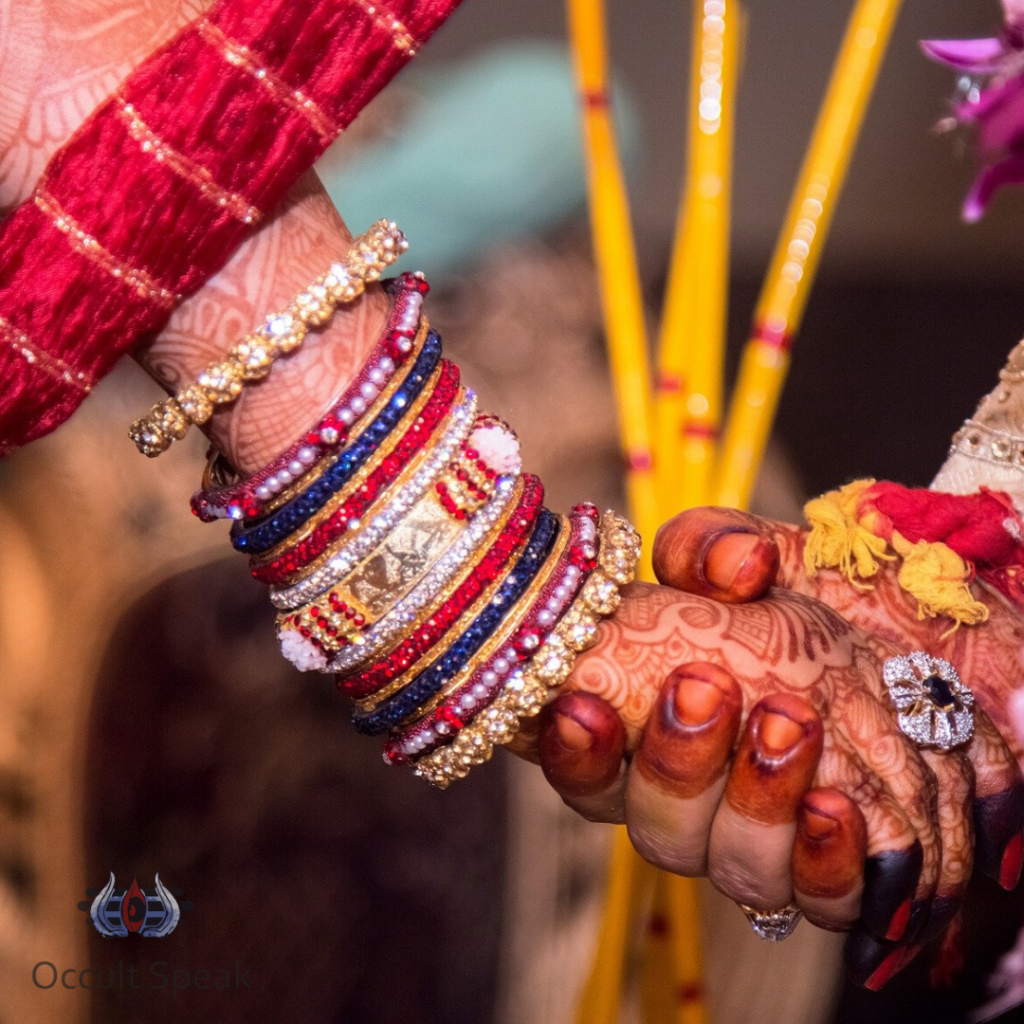
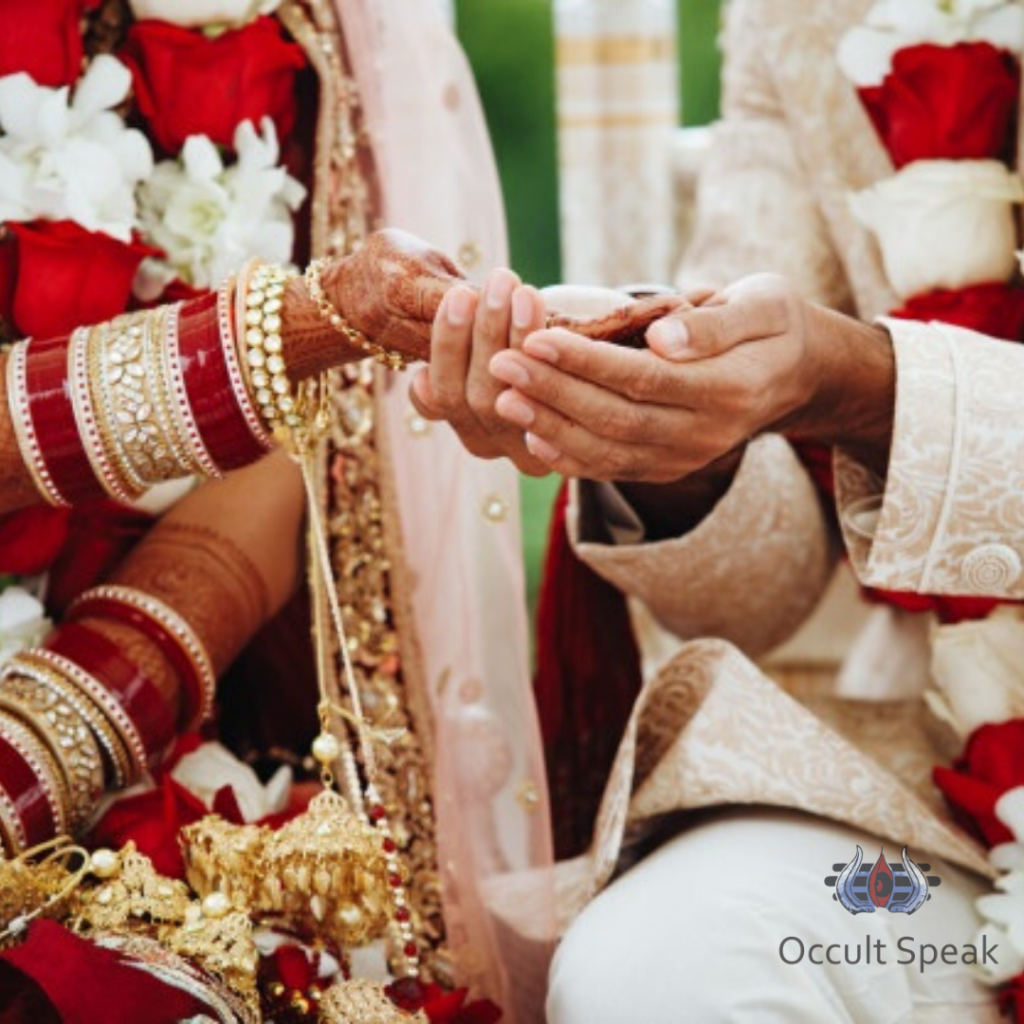
Leave a Reply